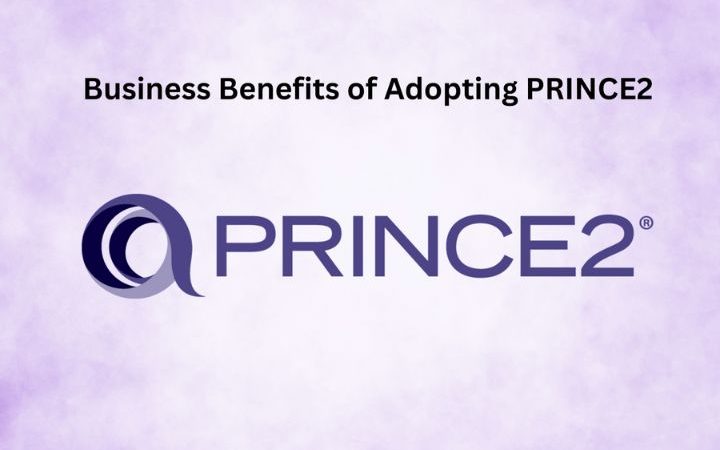How To Know Whether Your Meeting Agenda Needs a Refresh

Let’s face it: Meetings will always be a large part of the workday. Meetings allow for collaboration and innovation. They provide teammates with the opportunity to work together on a shared goal. They’re also a way to work with other teams for cross-collaboration. Lastly, they can disseminate information from the top-down on company-wide updates.
However, if you as a business leader find yourself rushing from meeting to meeting it may be time to re-evaluate your calendar! There is no need to have a meeting just for the sake of having a meeting. While every meeting has a different end goal — some may be business-driven while others are morale-driven — keeping a meeting on the calendar just because is not useful.
At the same time, it can be easy to get into a meeting rut. You may find you and your team meeting weekly just because it’s on the calendar. This can lead to 25 minutes of personal talk with five minutes of actual business talk. This isn’t a problem if it’s every once in a while, but it’s not sustainable. Keep reading for three ways to know that your meeting agenda is due for a refresh.
1. There Is No Agenda
Starting with the obvious first, but if there isn’t an agenda then that is a problem. No matter if it’s a large team meeting or even a one-on-one catchup with your manager, agendas are crucial. Why? They ensure that everyone stays on track. They also ensure everything is covered during the set amount of time. If you’ve ever been in a meeting that went over the allotted time, then you are quite familiar with this.
Setting a meeting agenda doesn’t need to be complicated. It simply needs to include a list of topics to discuss along with relevant action items. Meeting agendas shouldn’t carry over from one week to the next. That is a mistake too many people make. In order for a business to propel, there needs to be progress. This starts with meetings that build off one another, from one meeting to the next.
To create a meeting agenda, first take a look at the participants. If you are a manager, perhaps you are leading the meeting with your teammates. In that case, send out an agenda ahead of time or add it to the calendar invite. If it’s a large company-wide meeting, have the office manager send out the agenda to all employees ahead of time. Doing so ensures everyone knows what will be discussed and covered during the time, and it gives them time to come prepared.
2. Your Meeting Attendance Is Declining
When you take a look at your workweek, there are things that excite you and things that probably don’t excite you. Of course, there are things at work that simply must get done such as payroll. Conducting a purposeful, engaging meeting is one that should excite you and your team. If you find that more people are opting out or simply not attending for one reason or another, it’s time for a refresh.
One way to do so is to ask attendees what they think would be beneficial to discuss during the allotted time. Are they looking for other members of the team to share their wins? Would they like for outside speakers or other company leaders to be invited? Asking your team for feedback shows that you care about their time and want it to be used wisely.
Another alternative is to lessen the amount of time for the meeting or simply hold the meeting less often. If everyone is swamped and trying to meet a client deadline, perhaps cancel it altogether. Additionally, attendees probably won’t be prepared to send updates, and they may be multitasking while on the call anyways.
3. Attendees Are Not Engaged
In today’s remote and hybrid workplace, it can be tricky to know who is actually paying attention. If you’re conducting a large remote team meeting, you may find that the majority have opted to have their cameras turned off. This is one sign that the attendees are not engaged and probably multitasking. Another sign of disengagement is silence or nodding of heads.
Asking questions throughout the meeting can ensure that attendees not only listen but also pay attention. You could consider having someone else lead the meeting or have individuals present information. If someone sees one of their co-workers presenting, rather than a manager or leader, they may be more inclined to tune in. This is also a great way to showcase others’ work, making individuals want to showcase what they are working on.
Lastly, you may want to consider having small group conversations as part of the larger meeting. This can help avoid disengagement and facilitate discussions between fewer individuals. It’s a great tactic to utilize when you are looking for new project ideas or need to brainstorm innovative strategies. It’s also a way for those that are less inclined to speak up to offer their input.
Also Read : Blockchain: How It Works For Companies






